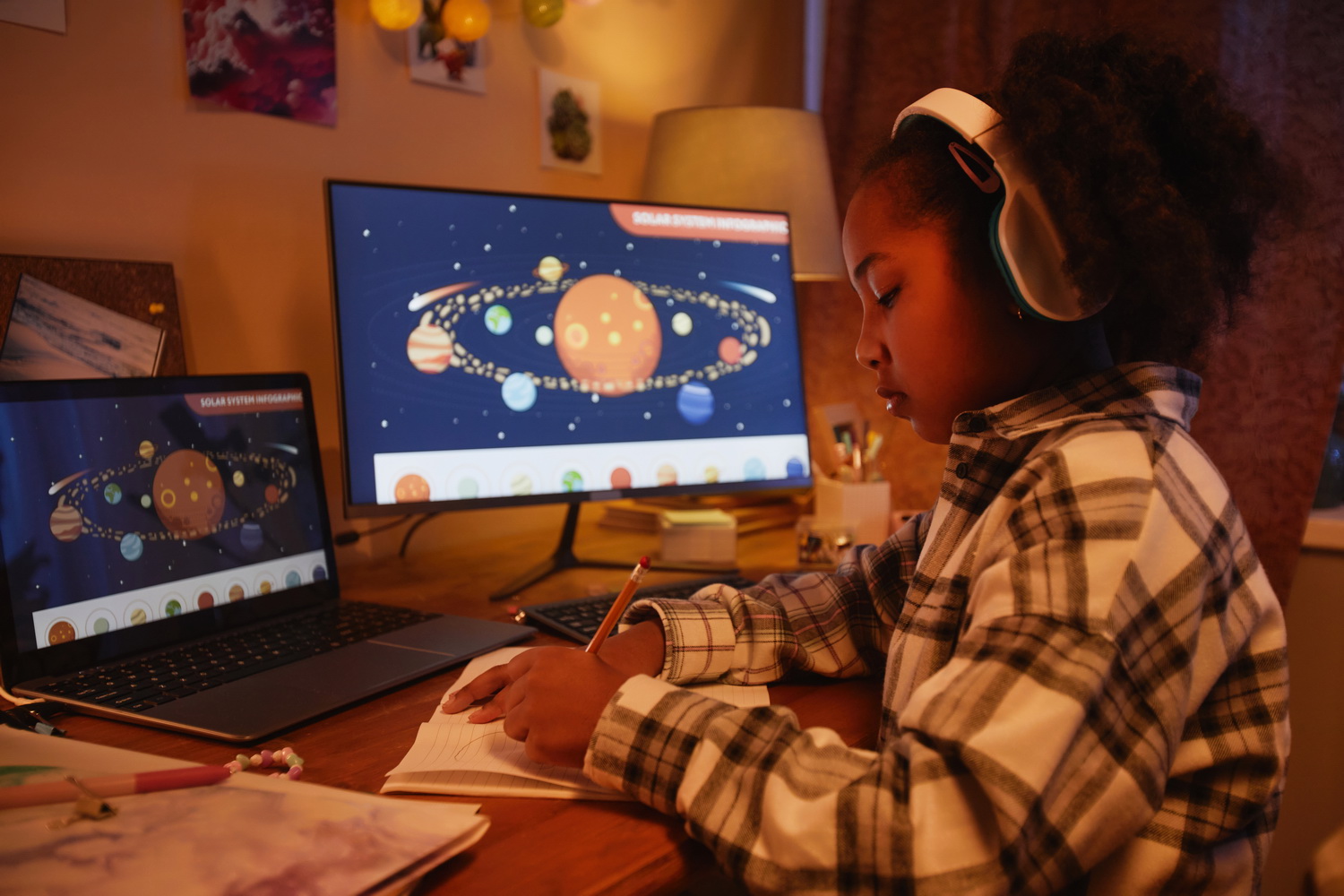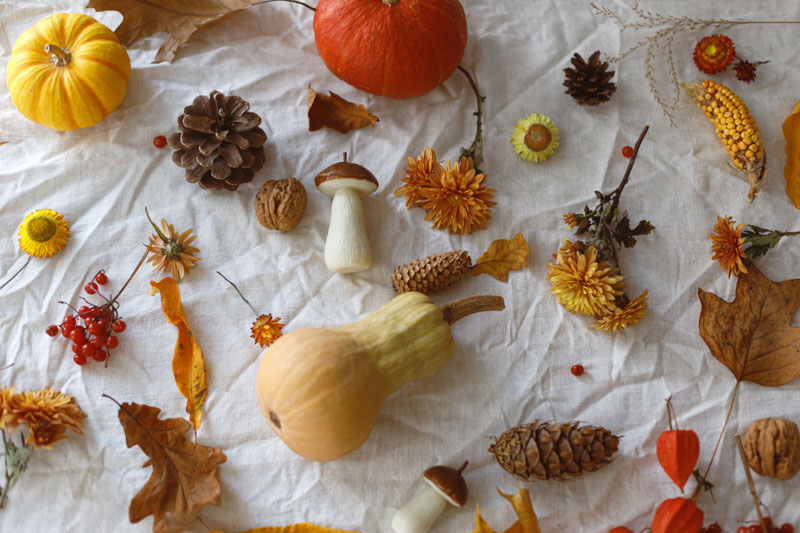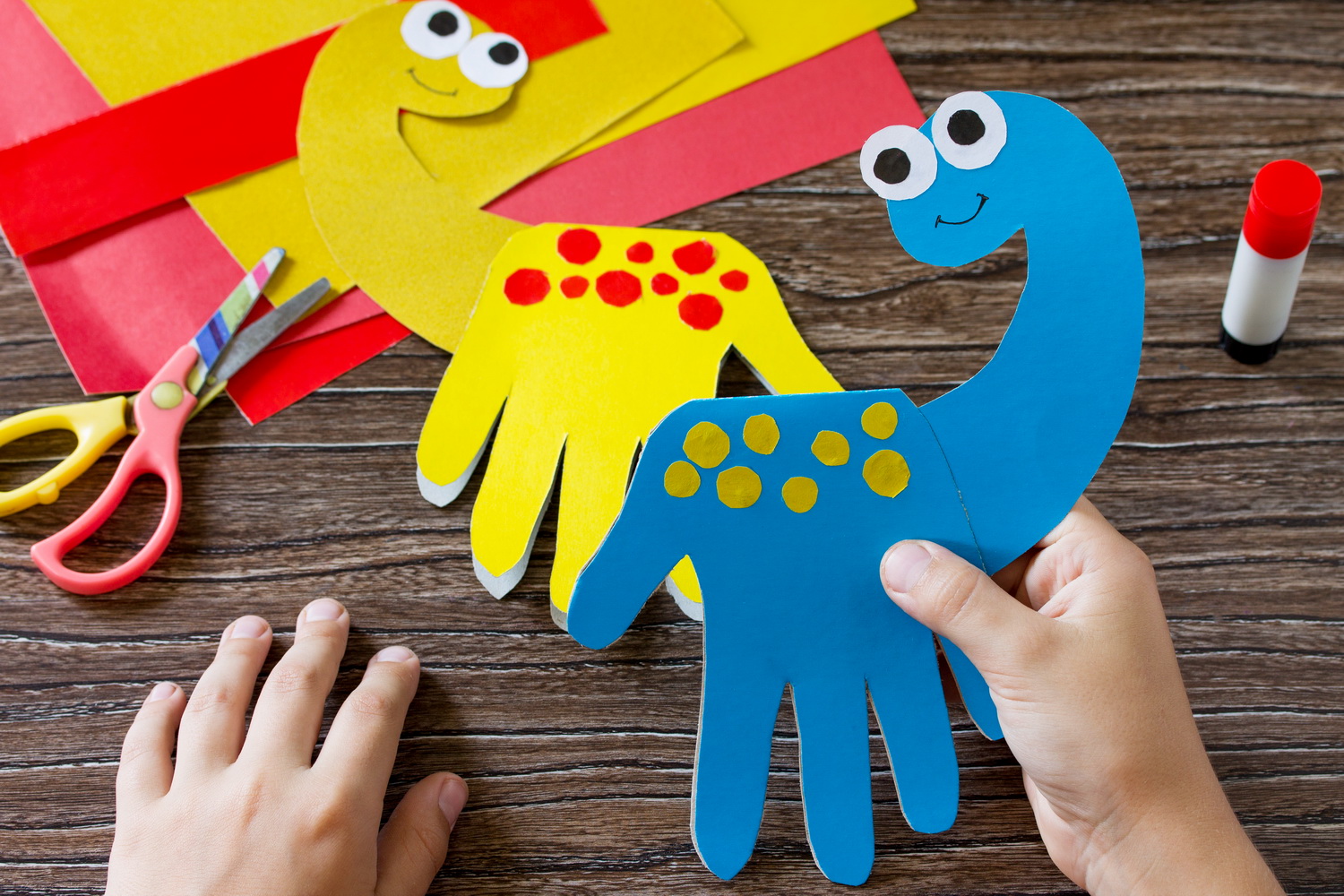Winter Melancholy: Fighting the Dreary, Cold-weather Blues
Feb. 25, 2022
If your kid’s attitude is stormier than the sky this winter, you’re not alone. You may find your family in a funk after the celebrations have gone. Your youngster may not be as energetic as usual as the weather turns cooler, and the wintery cold keeps your family cooped up inside. It’s common for people to become depressed when the days become shorter in the fall.
Certain individuals experience more severe seasonal mood swings each year, especially during autumn and winter's gloomy, shorter daylight hours, called seasonal affective disorder (SAD). SAD is typically diagnosed after at least two consecutive years of more severe symptoms.
As the winter season arrives, it is anticipated that 10 to 20% of children and adolescents may experience minor SAD symptoms, sometimes known as the winter blues, a kind of seasonal melancholy, which could increase as the season advances. Symptoms of SAD tend to peak in the late fall and gradually diminish in the spring as the weather warms and the days become longer. Then, when the seasons change again, SAD frequently resolves spontaneously — but that’s a long time to feel unrelentingly gloomy, especially for a child.
“Winter blues” vs. seasonal affective disorder (SAD)
There is no medical diagnosis for the term “winter blues.” A common and relatively mild issue, the winter blues generally clears up on its own in a short period. Stressful holidays or the memories of departed loved ones are two common causes of the winter blues. SAD, however, differs, as the reduction of daylight hours is a well-defined clinical diagnostic, and a predictable pattern characterizes the symptoms of SAD. Also, don’t assume that just because a kid is sad or upset over missing out on their usual winter activities, they are depressed.
How does it happen?
It’s been more than three decades since NIH-funded researchers began investigating “winter melancholy” and SAD. They’ve discovered potential reasons and discovered therapies that appear to be effective for most patients; however, there is a lot we don’t know about these seasonal mood changes.
Most studies show that a reduction in daylight hours leads to a rise in the sleep-inducing hormone melatonin, which usually reaches its peak during the night. Winter’s shorter days alter our circadian rhythm, or internal body clock, causing us to be more sensitive to the absence of sunshine. Serotonin, a neurotransmitter linked to emotions of well-being, is also known to decrease throughout the winter. Depression can be caused by reduced serotonin, increased melatonin, and an imbalance in sleep-wake cycles.
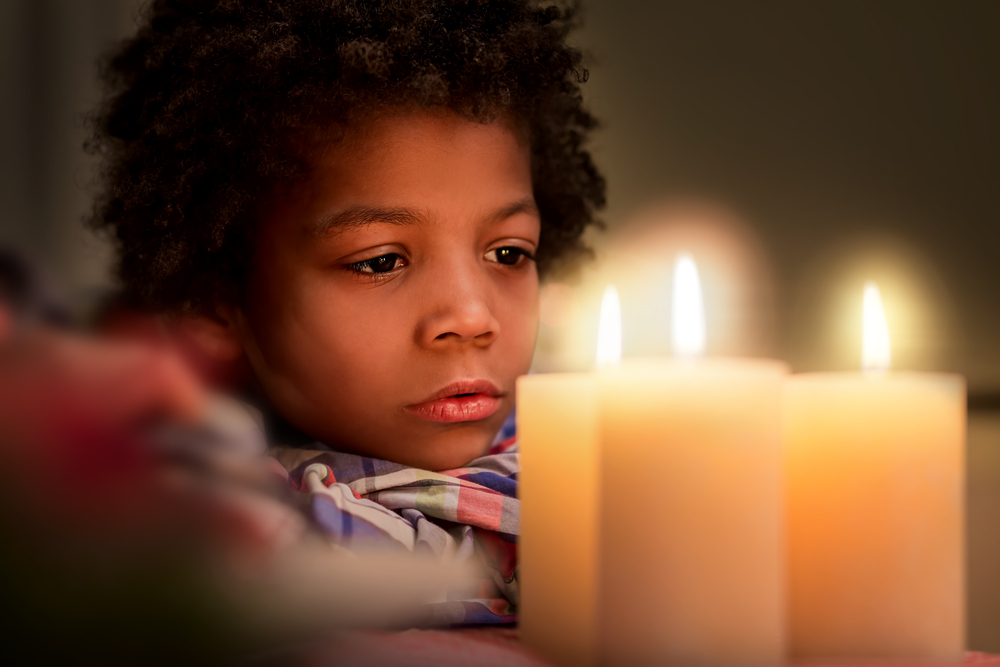
The cold weather discourages people from being outdoors, essential for maintaining a regular circadian rhythm. Standing indoors, even in bright sunshine, can prevent your retina from receiving adequate sunlight due to the angles and filtering of tinted glass. No matter how bright regular interior lighting is, it also has no effect.
You may be more susceptible to winter depression because of your location, heredity, and unique brain chemistry. A combination of these variables determines this sensitivity. Additionally, because SAD is more widespread in regions with longer winter days, people in warmer climates may be less likely to notice it and seek therapy.
Typical childhood mood swings or something more serious?
How can you tell if your child is experiencing SAD or simply plain old depression? The primary distinction is the length of symptoms and the time of year, as SAD is environment-related. For all youngsters, especially those suffering from the winter blues, it’s perfectly natural to feel a range of emotions. With the coronavirus's changes in school and social activities, kids may be particularly susceptible to increased moodiness and irritation. Parents should be aware of the signs and symptoms of mental health issues that require professional attention.
Key symptoms
Depression and Seasonal Affective Disorder (SAD) are defined by their effect on daily life.
If you observe that your child is sleeping more, not getting up for school, receiving lower grades than usual, disconnecting from friends, and snapping back with a more negative mood than expected, you should visit a mental health expert. Other symptoms can look like a type of hibernation: having cravings for high-carbohydrate foods or “comfort foods,” low energy, and even weight gain.
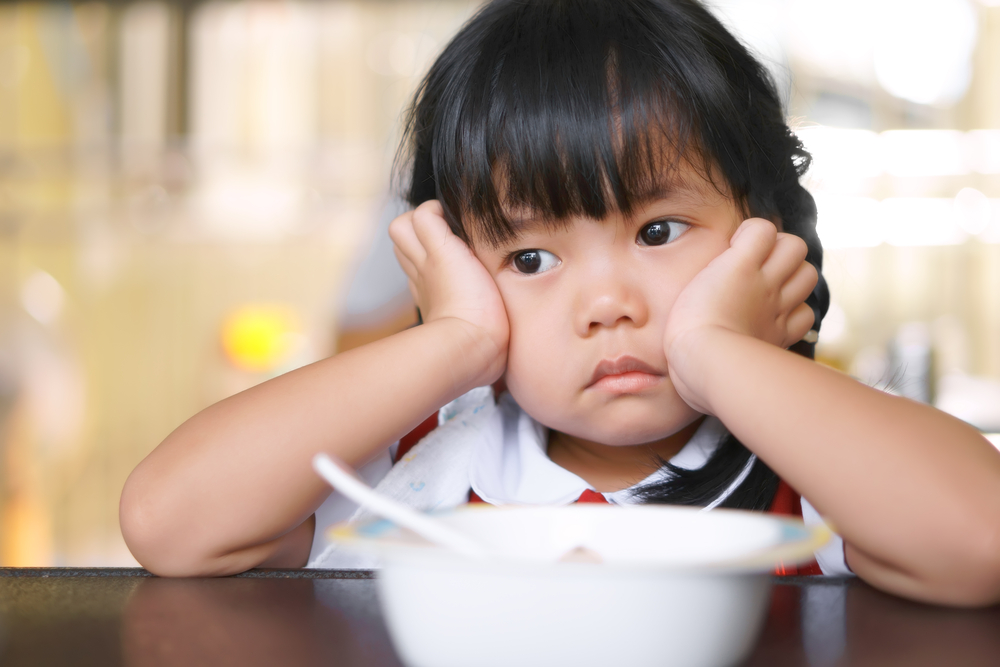
Many parents and practitioners fail to detect the distinct symptoms of SAD in children and adolescents, even though it is well known in adults. Because establishing a seasonal pattern in symptoms takes time, correctly diagnosing seasonal affective disorder might take years. As a result, children who are often experiencing symptoms for the first time may not obtain a comprehensive diagnosis.
Check-in with your kid
Behavioral changes are commonly expressed through symptoms of depression in younger children because of their inability to articulate their emotional states verbally. Children often use behavior as another method of communication, and depression in younger children generally presents as irritation or frustration rather than melancholy. Many children may not realize that there may be a reasonable cause for their emotions, leading to feelings of resentment, guilt, or shame. It’s crucial for parents to check in with their children frequently to see how they’re doing and if they’re feeling blue. Be sure to ask plenty of questions, listen without judging, and remain open. We all want to “fix” problems or make our kids happy, but it’s more important that they feel heard.
What treatments are available?
In the early 1980s, scientists at the National Institutes of Health discovered a connection between lack of light and seasonal affective disorder. This team of researchers was the first to employ light therapy as a treatment for SAD, and their work has now been widely accepted. Patients in light treatment often sit in front of a lightbox for 30 minutes or longer each morning, depending on the doctor’s suggestion. The box emits light that is many times more intense than that produced by standard household fixtures. After a few weeks of light therapy, up to 70% of SAD patients demonstrate significant improvement in their symptoms.
People who have SAD may also benefit from cognitive-behavioral therapy (CBT), a type of talk therapy. CBT is a type of therapy that helps people switch their negative thought patterns into something more accurate, less negative, and maybe even good. People who are depressed might benefit from learning new behavioral coping skills in CBT. When it comes to treating children with depression, talk therapy is often considered the first line of defense, and some families choose to pursue medication as a second approach. Treatments such as sunlight exposure, artificial light therapy, and vitamin supplements are also effective in treating seasonal affective disorder (SAD).
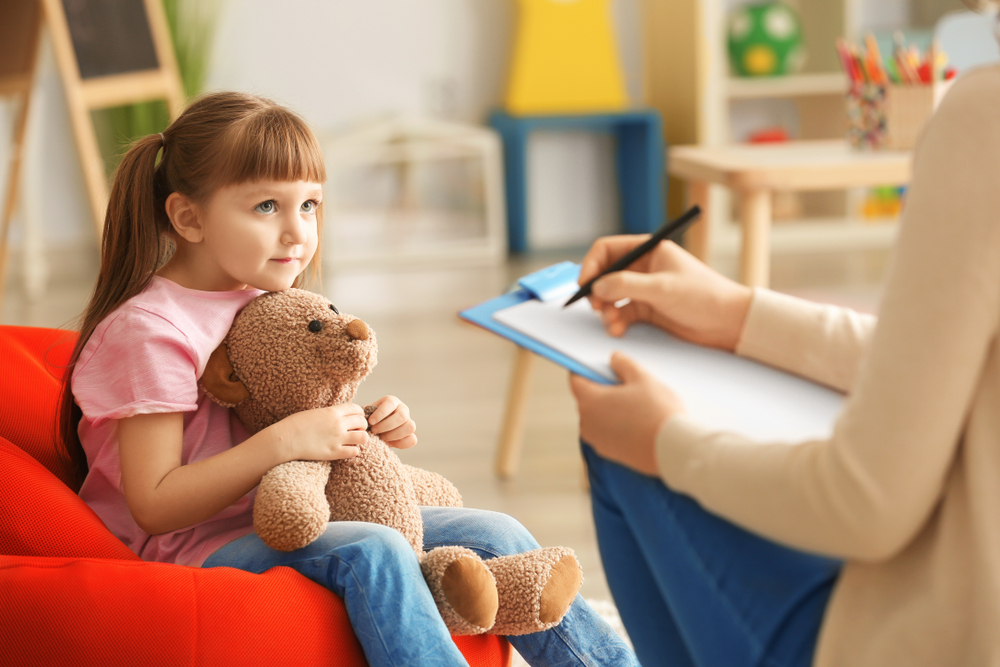
How can I help my child manage winter melancholy?
- It’s important for you to help your child recognize and label their feelings. Brainstorm strategies together to deal with emotions such as sadness, rage, or fear. Let them choose the coping skills that work best for them.
- In addition to regular routines and exercise, assist your children with sustaining relationships with family, friends, and hobbies.
- Spend time outside every day, open the blinds, and eat a nutritious diet rich in vegetables, fruit, and whole grains low in simple carbs.
- A “dawn simulator” may be used in the bedroom to deceive your body into thinking that the morning is early by gradually turning the lights up early in the morning.
- Create an indoor garden to bring some life into your home atmosphere. Taking care of a live thing like a houseplant or pet in a terrarium might lift your family’s spirits when they’re feeling down.
- You might encourage your youngster to write a nature notebook or draw in the wild. As a result, they’ll be able to connect with nature and reframe winter in their minds. Can you learn more about how animals move about and live their lives by learning animal tracking tips? Is there beauty to be found in the tree’s life cycle? What effect does snow have on different forms of water? Making art using natural materials, such as leaves and nuts, can be a fun, bonding activity. Despite its differences from the warmer months, winter has its own beauty and pleasures. Help your children to appreciate the natural downtime: when there aren’t so many scheduled events, your family can focus on those winter hobbies that bring joy.
Because of the pandemic’s effect on our daily lives, it’s not always clear how serious our feelings of sorrow are or whether they are just minor and brief. The sooner your child gets treatment or support, the better. Your child or teen can get back on track to normal development with the support of effective treatment.
Talk to your child’s pediatrician if you suspect your kid is experiencing symptoms of SAD this winter, and it lasts for more than a few weeks. However, SAD symptoms are more common in the winter and fall (typically November through February), although they can also appear in the spring and summer for those who are affected. SAD does go away on its own; however, it can take up to five months or more for that to happen, and that’s too long to suffer from something that has a growing number of treatment options.
About the author
United States, CA, Felton
References:
- https://www.childrens.com/health-wellness/winter-blues-or-something-more-serious
- https://lifehacker.com/seasonal-affective-disorder-hits-kids-too-and-how-to-1847709317
- https://newsinhealth.nih.gov/2013/01/beat-winter-blues
- https://www.parentmap.com/article/winter-blues-or-something-more-helping-kids-and-teens-cope
- https://pulse.seattlechildrens.org/
- https://www.tulsakids.com/when-its-not-the-blues-depression-in-children/
- https://www.usatoday.com/story/news/nation/2014/02/13/winter-blues-weather-frustrations/5432361/
- https://www.washingtonpost.com/lifestyle/2020/12/28/kids-seasonal-affective-disorder/
- https://www.webmd.com/depression/features/beating-winters-woes






